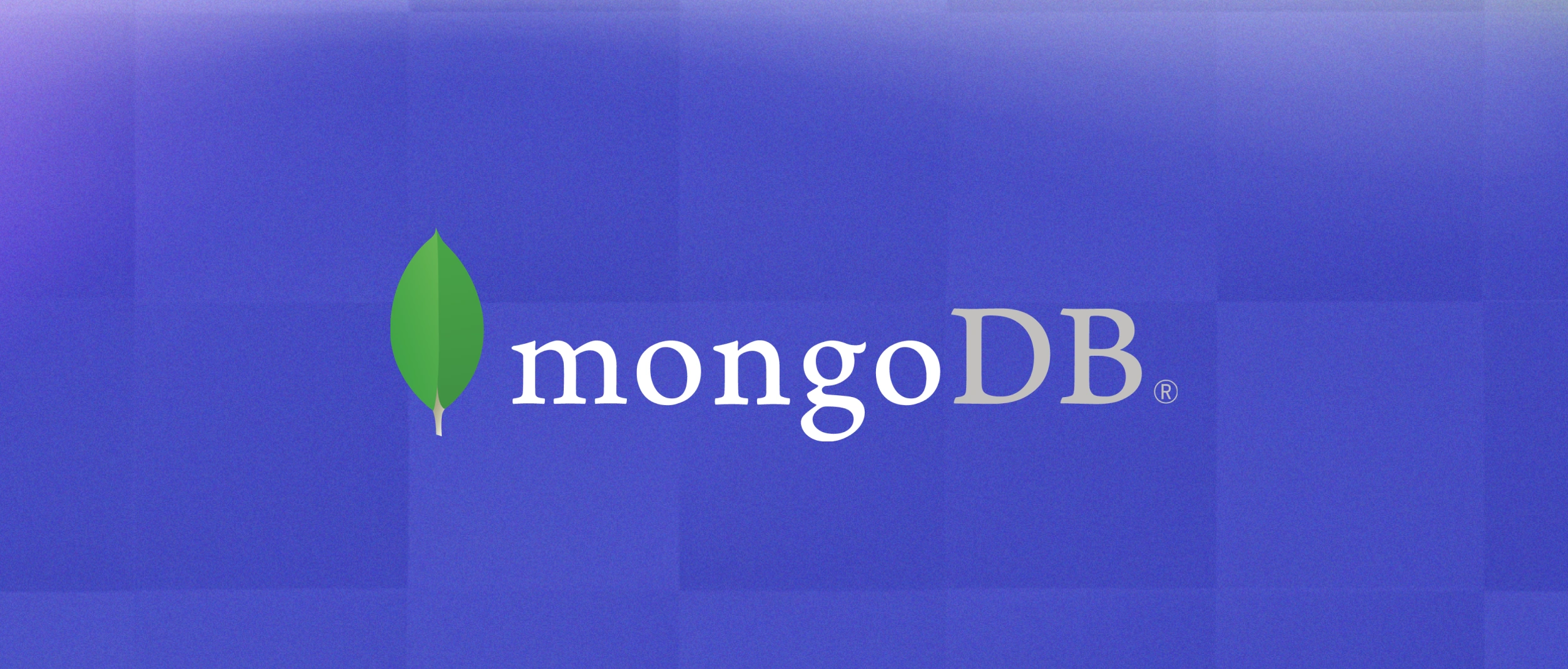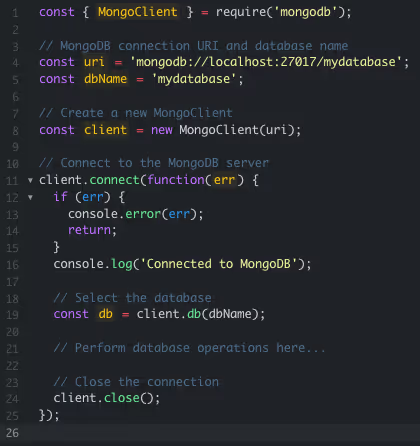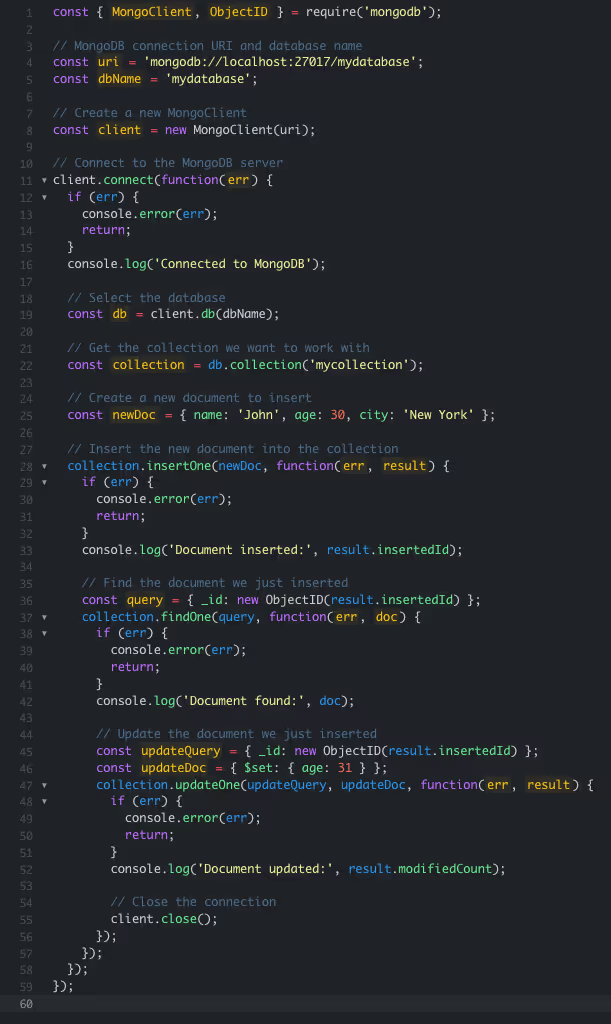MongoDB: A Software Engineer Overview

What is MongoDB?
MongoDB is a popular document-oriented database designed to be highly scalable, flexible, and easy to use. It is often used for storing and managing large amounts of unstructured or semi-structured data, such as JSON or BSON documents.
Unlike traditional relational databases, which store data in tables with predefined schema, MongoDB stores data in collections of documents with varying schemas.
Each document in a collection can have a different structure, and fields can be added or removed from records without requiring a schema update.
This makes MongoDB a good choice for applications that require flexibility and agility in data modeling.
MongoDB uses a flexible query language that supports many query types, including simple queries, range queries, regular expression searches, and geospatial queries.
It also supports aggregation pipelines, which allow you to process and transform data highly efficiently.
MongoDB has a distributed architecture designed to be highly scalable and fault-tolerant. It uses a master-slave replication model, where a primary node handles, writes and replicates data to one or more secondary nodes.
This allows for high availability and automatic failover in case of node failure.
In addition to its core database functionality, MongoDB provides several tools and services to help manage and monitor your database deployments.
These include the MongoDB Compass GUI for data visualization and exploration, the MongoDB Atlas cloud service for database hosting and management, and the MongoDB Ops Manager for managing large-scale deployments.
MongoDB is a powerful and flexible database solution well-suited for various applications and use cases.
Whether you are building a simple web app or a large-scale enterprise system, MongoDB can help you store and manage your data quickly, efficiently, and scalable.
MongoDB Features
MongoDB has several features that make it popular among software engineers.
Some of its notable features are:
Flexible data model: MongoDB stores data in a flexible document model that can easily handle changes in data structure.
High scalability: MongoDB can scale horizontally by adding more nodes to a cluster to increase performance and availability.
Querying capabilities: MongoDB supports a rich query language that allows developers to query and manipulate data flexibly and powerfully.
Indexing: MongoDB provides robust indexing capabilities that allow developers to optimize query performance and improve overall application performance.
Aggregation: MongoDB's aggregation framework allows developers to perform complex data analysis tasks such as grouping, sorting, and filtering.
Geospatial indexing: MongoDB supports geospatial indexing, which allows developers to perform location-based queries.
Document validation: MongoDB provides document validation capabilities that allow developers to enforce schema constraints on their data.
Benefits of MongoDB for Software Engineers
High performance: MongoDB is designed for high performance and scalability, making it an ideal choice for high-traffic web applications.
Easy to use: MongoDB is easy to set up and use, with a user-friendly interface and simple query language.
Cost-effective: MongoDB is open source and free, making it a cost-effective choice for small and medium-sized businesses.
Highly available: MongoDB is designed for high availability, with automatic failover and replica sets that ensure data availability even in node failure.
Flexible data model: MongoDB's flexible document model allows developers to work with data in a way that best suits their application's needs.
Strong community support: MongoDB has a large and active community of developers, which means plenty of resources and support are available online.
Connecting to MongoDB from Node.js

We first import the MongoClient class from the Mongodb module in this example. Then, we define the connection URI and the database name we want to connect to.
Next, we create a new MongoClient object and call its connect() method to establish a connection to the MongoDB server. We print the error message to the console if an error occurs during the connection attempt.
Once we have successfully connected to the server, we select the database we want to work with using the client.db() method. We can perform database operations from there, such as inserting or querying documents.
Finally, we close the connection by calling the client.close() method.
Note that this code snippet only shows how to establish a fundamental connection to a MongoDB server. In a real-world application, you would typically want to handle errors gracefully, use connection pooling, and perform more advanced database operations like reading and writing.
Writing, reading, and updating a MongoDb Document

In this example, we first import the MongoClient and ObjectID classes from the MongoDB module. Then, we define the connection URI and the name of the database we want to connect to and establish a connection to the server using the connect() method.
Once connected, we select the collection we want to work with using the DB.collection() method.
We then create a new document to insert into the collection and use the insertOne() method to insert it.
After the document has been inserted, we use the findOne() method to retrieve it from the collection and print it to the console.
We then use the updateOne() method to update the age field of the document we just inserted.
Finally, we close the connection by calling the client.close() method.
Note that this is just a simple example demonstrating MongoDB's basic CRUD (create, read, update, delete) operations.
In a real-world application, you typically want to handle errors gracefully, use more advanced query and update operations, and perform additional data validation and sanitization.
Conclusion
MongoDB is a popular and influential document-oriented database offering many advantages over traditional relational databases.
Its flexible data model and query language make it easy to work with unstructured or semi-structured data, while its distributed architecture ensures high scalability and fault tolerance.
MongoDB has become a popular choice for modern web and mobile applications and large-scale enterprise systems that require fast and efficient data processing.
With its rich feature set, powerful tools and services, and vibrant community of users and developers, MongoDB is a reliable and versatile database solution that can help organizations of all sizes and industries store, manage, and analyze their data in a scalable and cost-effective way.
Whether you are a software engineer, data analyst, or IT manager, learning MongoDB can be a valuable skill that can help you stay competitive and build more practical applications.
With its flexible data model, powerful query language, and extensive ecosystem of tools and services, MongoDB is a versatile and valuable technology that can help you take your data management to the next leve.
Other Blog Posts

What 2025 meant for Devlane: A year of growth and innovation







